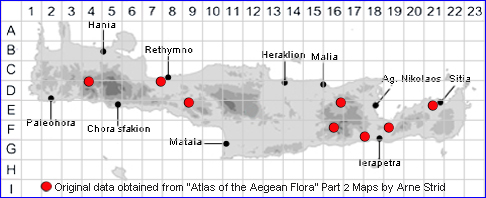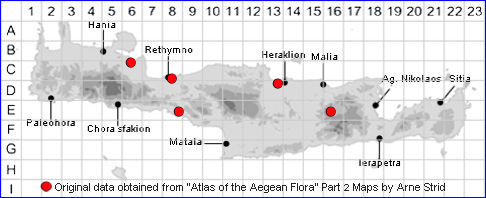

SPECIES DESCRIPTION
POLYGONUM AVICULARE subsp. NEGLECTUM
Including:- Polygonum longipes
Family and Genus:- See- POLYGONACEAE/Sect. POLYGONUM/P.
Common Names:- Knotgrass
Homotypic Synonyms:- Polygonum angustum
Meaning:- Polygonum (Gr) Many joints, a name used by the Greek physician and
botanist Dioscorides a possible reference to the many nodes.
Aviculare (L) Of small birds, eaten by small birds
Neglectum (L) Overlooked, neglected.
General description:- Low, prostrate or sprawling perennial with a woody stock.
Leaves:-
1) 15-50 x 5-18 mm, alternate, simple, oval, elliptic or lanceolate, entire, hairy,
plain.
2) Ochrea, brownish, jagged at the top, in middle part of the stem usually shorter,
with few, weak veins
Flowers:-
1) 1-2 mm diam., almost sessile, connate in long clusters by 1-4 at the axil of the
leaves, white or pink, with green marks.
2) Perianth, with 5 partly fused tepals.
3) Stamens, often 8 with a white filament and yellow anther.
4) Styles, 3.
Fruit:-
1) Nutlet, 2.1-2.4 mm, enclosed in perianth, ± flattened with the shortest side
concave. without wings, blackish, dull.
Key features:-
1) Larger leaves, usually 5-20 mm wide, lanceolate to ovate.
2) Perianth-segments, broad, overlapping.
3) Petiole, included in the ochrea.
4) Nutlet, 2.1-2.4 mm.
Habitat:- Cultivate land, ruderal habitats, vernal pools, trampled ground, dolines. 0-
1600 m.
Distribution:- Throughout Greece. Probably native to Europe, but now an almost
cosmopolitan weed. Somewhat limited distribution across Crete, but probably under
recorded.
Flowering time:- Mainly (Apr-)June-Oct.
Photos by:- Steve Lenton

~~~~~~~~~~~~~~~~~~~~~~~~~~~~~~~~~~~~~~~~~~~~~~~~~~~~
POLYGONUM LONGIPES Back to Top
Homotypic Synonyms:- None
Meaning:- Longipes (L) Long stalked.
Resembling Polygonum. aviculare, but differering in the following characters
1) Often larger.
2) Biennial or short-lived perennial.
3) Most flower clusters aggregated in terminal and axillary spikes.
4) Perianth segments, connate nearly halfway.
5) Nutlet, slightly smaller (usually 1.6-2.2 mm).
Habitat:- Seashores, roadsides and ruderal habitats 0-800(-1300) m.
Distribution:- Scattered throughout Greece. - Balkan Peninsular. Rare on Crete
known only from a few scattered locations, (see map).
Flowering time:- June-September(-November)
Photos by:-